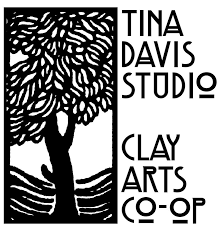Sometime during the last half of 1718, Bach traveled from Cöthen, where he worked as conductor of the court orchestra, to Berlin, where he placed an order for a new harpsichord. While in Berlin, he performed for the Margrave of Brandenburg, Prince Christian Ludwig, who was the younger brother of the Prussian King Frederick I. So impressed was the Prince that when Bach returned to take delivery of the harpsichord on March 1, 1719, he commissioned some music.
Bach must have known that he would never be paid, for instead of composing new music, he selected, or revised, six concertos he was already using in Cöthen, neatly copied them out, and sent them off to the Prince on March 24, 1721.
The Third Brandenburg Concerto, scored for three violins, three violas, three cellos, harpsichord and double-bass, may have been written as early as 1711-1713, during Bach's tenure in Weimar. The middle movement, a single measure marked “Adagio,” consists of two solitary chords. Contemporary opinion is divided about just what Bach meant. Either the two chords are the ending for some lost movement, or an improvisation by the violinist, violist or harpsichordist was supposed to end with the two chords, or the two chords were intended to be played as written.
Program Notes by Charley Samson, copyright 2021.

